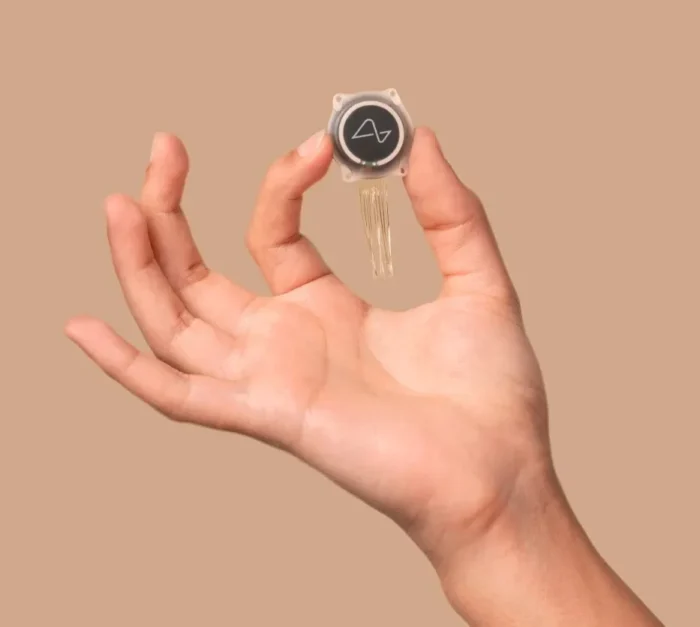Well, well, well, gather ‘round for a tale of ambition and innovation, tinged with both hope and a hint of darkness. Elon Musk, the maverick himself, has some news that will make you simultaneously cheer and raise an eyebrow.
In a move that could either revolutionize our world or send shivers down your spine, Musk proudly announced that Neuralink, his brainchild, has successfully implanted its first-ever brain device in an undisclosed human being. Exciting? Yes. Mysterious? Absolutely.
Musk, never one to shy away from dramatic reveals, chose X (formerly Twitter) to break the news. He revealed that the individual who received this brain implant is “recovering well.” But wait, there’s more — he dropped a tantalizing nugget, mentioning “promising neuron spike detection.” That’s right, we’re talking about direct communication between brains and nervous systems. It’s a scientific marvel that sounds like it’s been pulled straight from a sci-fi thriller.
Now, let’s peel back the layers of this saga. Neuralink has been actively hunting for human guinea pigs, ahem, volunteers, for its clinical trial. Back in May, they got the FDA nod to proceed with this audacious experiment. Their target? Individuals aged 22 and above dealing with quadriplegia due to spinal cord injuries or the menacing ALS, a disease that strips people of their muscle control.
The trial, aptly named PRIME (does Jeff Be$os know?), short for Precise Robotically Implanted Brain-Computer Interface, is where things get really, well, prime. They enlist the help of a robot to surgically insert Neuralink’s implant wires into a brain area responsible for movement. It’s like a plotline from a dystopian sci-fi thriller unfolding before our eyes.
Now, let’s talk about the implant itself. Hold on to your butts, folks — it’s not your run-of-the-mill gadget. It boasts a staggering “1024 electrodes distributed across 64 threads.” But it doesn’t stop there. There’s a surgical robot in the mix, and they’ve got a Neuralink user app that wirelessly connects to computers and other devices. And here’s the kicker — the N1 Implant draws its power from a small battery charged wirelessly from the outside. Convenient? Perhaps. Intriguing? Definitely.
Now, what’s in a name, you ask? In this case, everything. Musk has christened this remarkable creation “Telepathy.” And here’s the kicker — it allows you to control your phone, computer, and practically any device, simply by thinking. It’s like a dream come true, or is it?
Musk envisions a world where even those who have lost the use of their limbs can communicate at the speed of a typist on steroids. It’s a vision that’s both awe-inspiring and a tad unsettling, wouldn’t you say?
But hold on, there’s a shadow lurking behind this glimmering future. Neuralink hasn’t escaped controversy. Allegations have swirled around their research practices and how Musk portrays their work. Reports have surfaced about the treatment of animals used in their tests, including unsettling claims of euthanizing monkeys. Even Congress has raised an eyebrow and asked questions about these matters.
As we gaze upon these scientific marvels, we can’t help but ponder the price of progress. How far should we tread down this path of melding man and machine? It’s a conversation that could decide the fate of humanity as we step closer to the edge of the unknown.
